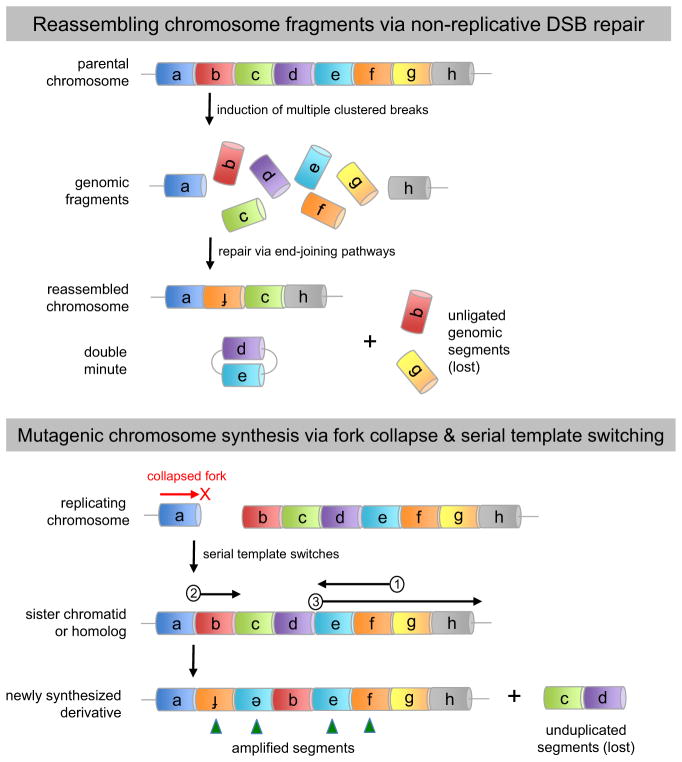Figure 4. Error-prone modes of DNA repair may underlie chromothripsis.
(A) Non-replicative end joining. Intense but localized induction of DSBs may liberate genomic fragments that are recognized, processed, and ligated by one of several end-joining pathways that are intrinsically error-prone (see figure for mechanistic details). Fragments not ligated to the founding chromosome ‘stub’ either self-ligate to form extrachromosomal arrays (double-minutes) or are lost from the genome entirely. (B) Mutagenic fork restart. Under conditions where HR-dependent pathways are compromised or limiting, a collapsed replication fork may be restarted via microhomology-mediated template switching. This error-prone mode of lesion bypass can generate the full spectrum of structural alterations, including deletions, amplifications, inversions, and non-reciprocal translocations (see figure for mechanistic details).

